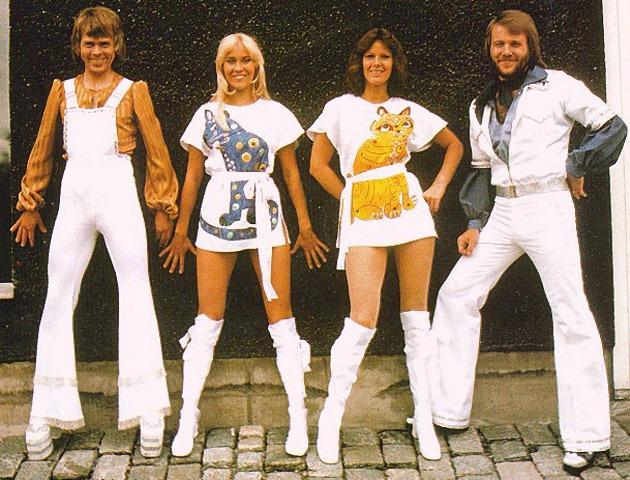Doing some research on this subject, i found two “big names” of this marketing technique, Richard Laermer and Mark Simmons, authors of “Punk Marketing”, a book that focuses entirely on this subject.
They believe that, nowadays, the power is in the consumers’ side, showing the same that happened at the “punk music”, with the consumers revolting against the tradition.. the basic, searching for more creativity.
I know that may be repetitive with what you get at the internet, but i think its important to mention it. I mean, to describe some key points that the authors recommend to have success on punk marketing, here i present what i consider to be the most important key points:
1 – if you don’t take the risk, you die
2 – try to change the rules of the industry
3 – do not try to satisfy everyone
4 – never loose your honesty
5 – let the customers find out the quality of your brand
6 – be one step forward than your rivals
7 – communicate in a simple and objective way
8 – bet on quality, not quantity
9 – use new marketing tools
10 – question yourself constantly
(check the video and see the 15 topics)

For me, punk marketing developed a lot with the the easy access to a huge amount of free information when a lot of consumers connected to internet. Lets see, today is easy to do some research about a product that we want to buy, seeking information about similiar products on the internet. This gave more power to consumers. Consumers can compare prices, and “fight” for the equality of them.
Punk marketing rejects the true and pass more power to the consumers.
May be not something new to put in practice but warns consumers to be informed and deny what is imposed to them.
Some punk marketing advantages:
You can use various marketing techniques, several tools
Gives a great advantage to the consumers, more power to them
Disadvantages:
As an entrepreneur you must be aware that today the power is much more divided, and the consumers have the ability to claim better prices and different solutions
Sources:
http://www.punkmarketing.com
http://www.punkmarketing.com/blog
http://economia.publico.clix.pt
http://imagensdemarca.sapo.pt











